Kamathipura in Mumbai's faces herculean task of a makeover
Published on Jan 20, 2023 05:31 PM IST
Kamathipura, Mumbai’s red-light district, immortalised in Namdeo Dhasal’s revolutionary poem Golpitha and stylised in Sanjay Leela Bhansali’s film Gangubai Kathiawadi, will soon be gentrified under one of the largest cluster redevelopment schemes in the country. In his definitive book on the city, Suketu Mehta observes: “Bombay is a city humming, throbbing with sexual energy, a city of migrant men without women; a city in heat. The womanless rickshaw-wallahs, the Bollywood wannabes, the fashion models and the sailors from many countries — all in search of some heat." In addition to the red-light areas that define its identity, Kamathipura is also the area where these seekers merge.
1 / 10
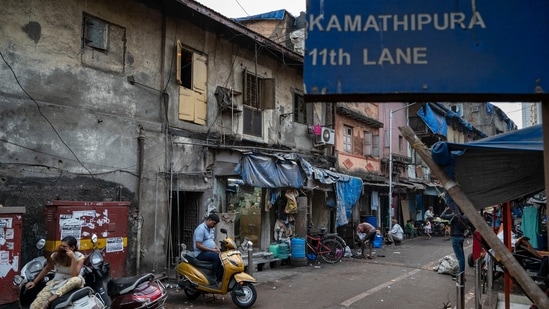
Published on Jan 20, 2023 05:31 PM IST
People seen in Lane number 11 in Kamathipura, Mumbai, on January 6. This month, deputy chief minister Devendra Fadnavis announced that Kamathipura, a grid of 15 lanes spread over 27.59 acres, will be gentrified under one of the largest cluster redevelopment schemes in the country. (Satish Bate / HT Photo)
2 / 10
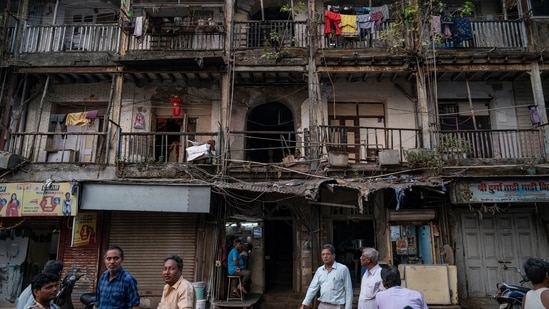
Published on Jan 20, 2023 05:31 PM IST
A view of an old dilapidated building in Kamathipura, on January 6. Instead of redeveloping individual buildings, several buildings will be jointly taken up for redevelopment. Still, while the Maharashtra Housing and Area Development Authority (MHADA) has already been appointed as the nodal authority for the project, it may be some time before Kamathipura’s crumbling warrens make way for shiny skyscrapers as envisaged. (Satish Bate / HT Photo)
3 / 10
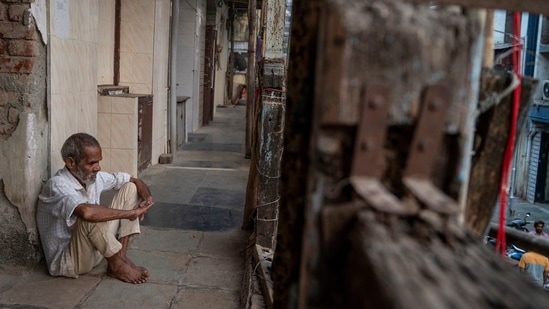
Published on Jan 20, 2023 05:31 PM IST
A man seen in the gallery of an old, dilapidated building in Kamathipura, on January 6. Kamathipura is also home to hundreds of small manufacturing operations: scrap markets, jeans dyeing units, zardozi units, leather manufacturing units, and shifting their businesses out even for the few years that it will take to demolish and rebuild the area, means loss of livelihood.(Satish Bate / HT Photo)
4 / 10

Published on Jan 20, 2023 05:31 PM IST
According to a Tata Institute of Social Sciences (TISS) report, Kamathipura was built on reclaimed marshes about 200 years ago to house low-caste Telugu-speaking construction workers called “kamathis”, brought in from the erstwhile Hyderabad state to build the city of Bombay. In the 1880s, the colonial police designated Kamathipura as a zone that would tolerate European commercial sex workers, marking the start of prostitution in the area. (Satish Bate / HT Photo)
5 / 10
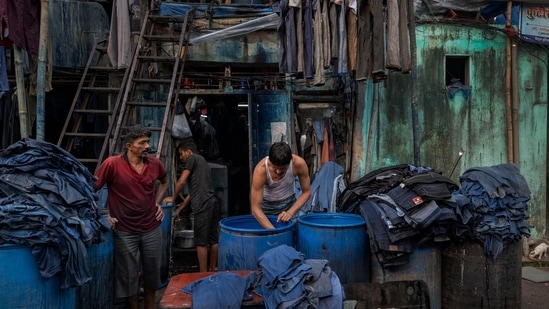
Published on Jan 20, 2023 05:31 PM IST
Workers seen dying clothes in the by-lanes of Kamathipura, on January 6. There are around 8,000 tenants and 4,000 land owners in Kamathipura, who live in dilapidated structures sized 40 square feet to 100 square feet. Most of the buildings are cessed, which protects tenants from rental hikes or eviction, leading to non-maintenance by landlords. At least 123 buildings in Kamathipura have been classified by MHADA as “beyond repair”, HT reported. (Satish Bate / HT Photo)
6 / 10
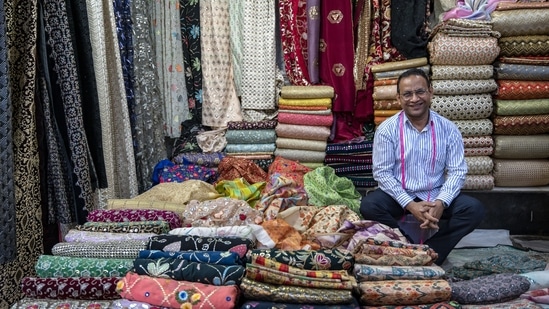
Published on Jan 20, 2023 05:31 PM IST
Salim Ansari, secretary of KP Market Association, seen at his cloth shop at KP Market, Kamathipura. In one of the 15 lanes alone, there are 200 shops, he tells HT. Given the odour of sleaze attached to the name Kamathipura, the cloth traders have renamed their area as KP Market. (Satish Bate / HT Photo)
7 / 10
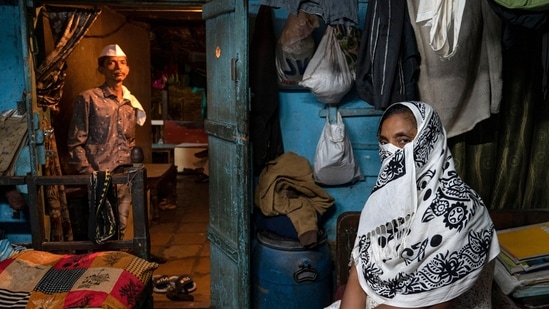
Published on Jan 20, 2023 05:31 PM IST
A commercial sex worker seen with Sunil Hajaran (back) at Alishan Building, Kamathipura, on January 6. Hajaran rents out the mezzanine floor of his house, where his mother was formally registered as a tenant, to sex workers. This is his only source of income. “I won’t be able to get anything from the redevelopment if I am unable to get my name registered as tenant,” he told HT. (Satish Bate / HT Photo)
8 / 10
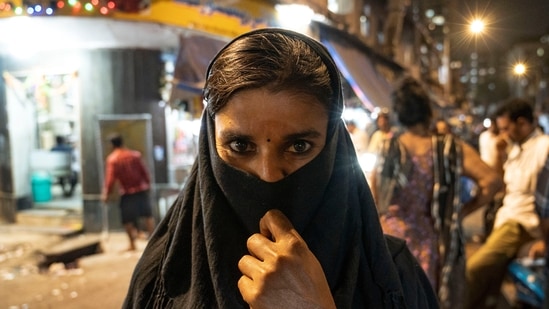
Published on Jan 20, 2023 05:31 PM IST
A commercial sex worker seen in the by-lanes of Kamathipura, where the redevelopment project is expected to create 2.3 million square feet of land for free sale in the heart of south Mumbai. “I don’t know where I will go and what I will do if removed,” a 25-year-old sex worker told HT. Most of them live with four to six other workers and pay between ₹5,500 to ₹7,500 a month as rent, in addition to the cut of ₹40-50 they have to give per customer, HT reported. (Satish Bate / HT Photo)
9 / 10
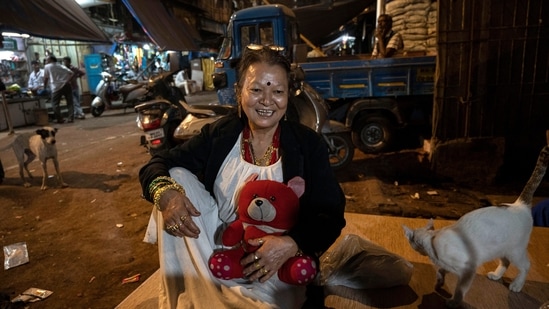
Published on Jan 20, 2023 05:31 PM IST
Maya, affectionately called ‘Mummy’ by sex workers, seen in the varicolored Kamathipura. A former bar girl, she helps HIV-positive women with medical assistance and rehabilitation of their orphans. “If the state government cannot do anything for their betterment, at least it should not destroy their homes and their livelihood," she told HT.(Satish Bate / HT Photo)
10 / 10
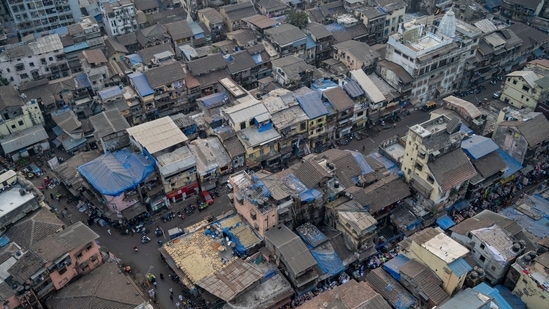
Published on Jan 20, 2023 05:31 PM IST





